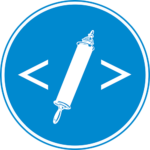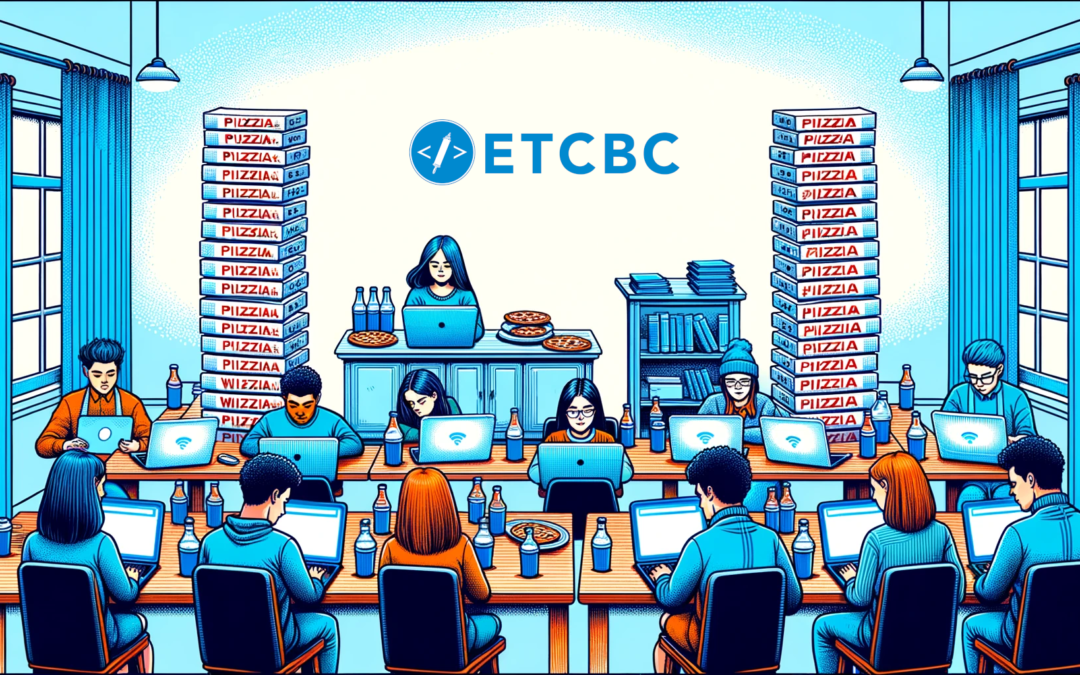
by Johannes Froeh | Nov 3, 2023 | Computational Linguistics, Digital Approaches to Sacred Texts, events, Social Media, Social Network Analysis
Picture this: a room buzzing with energy, pizza boxes stacked high, soft drinks at every table, rapid Wi-Fi connectivity, and scholars engrossed in their laptops, training AI models. It might not be the first image that springs to mind when you think of theologians...
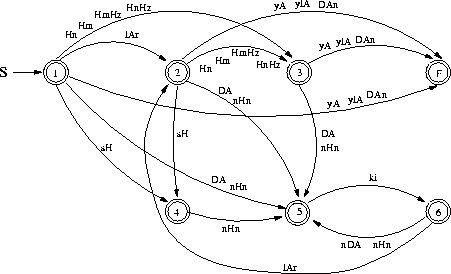
by Willem van Peursen | Jul 4, 2022 | AI, Computational Linguistics, Hebrew Bible, linguistics, methodology
Willem van Peursen, Martijn Naaijer, Constantijn Sikkel, Mathias Coeckelbergs[1] “How can we make a Machine Learning (ML) based parser for the morphology of inflectional languages?” This question was the starting point for the project “Morphological Parser for...

by Mathias Coeckelbergs | Jan 21, 2022 | AI, Bible, Computational Linguistics, Hebrew Bible, linguistics, methodology, Open Science, Peshitta, semantics, Syriac, text linguistics
This second blogpost for the PaTraCoSy project brings us to a first discussion of the translation patterns from the Hebrew Bible into the Peshitta. Before we can address the results, we briefly describe how we constructed the model. After installation of Colibri Core,...
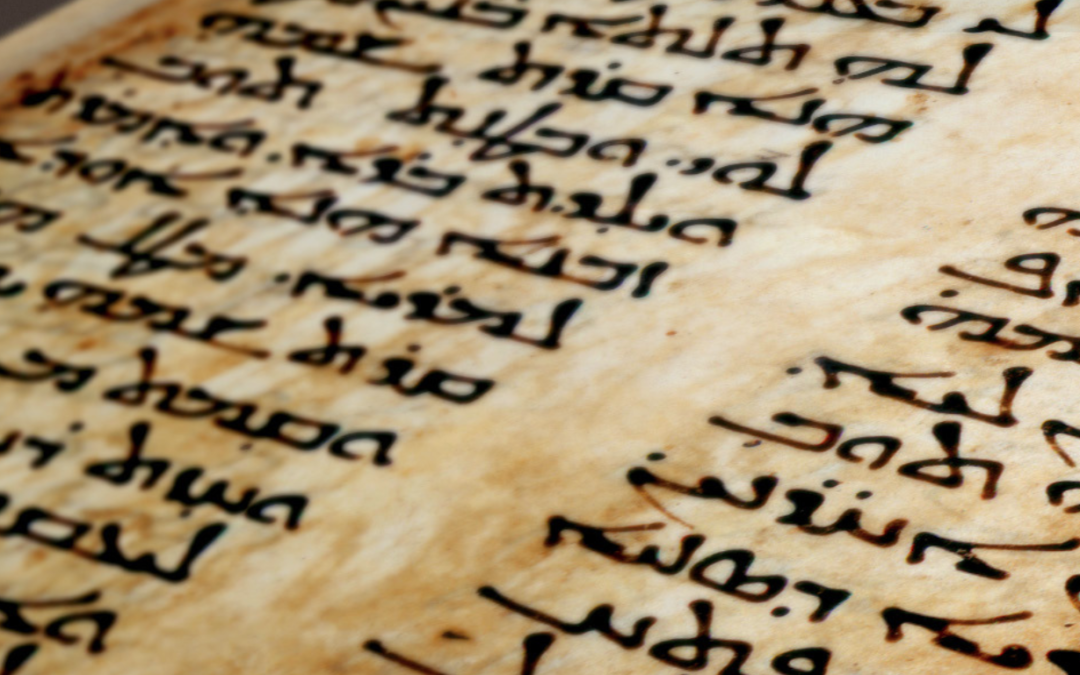
by Mathias Coeckelbergs | Sep 20, 2021 | AI, Bible, Computational Linguistics, Hebrew Bible, linguistics, Open Science, Peshitta, semantics, Syriac, Uncategorized
This very first blogpost seeks to report on our advancements in the PaTraCoSy (PAtterns in TRAnslation: Using COlibriCore for the Hebrew Bible corpus and its SYriac translation) project, which is funded by CLARIAH. The overall goal of this project is to use the...
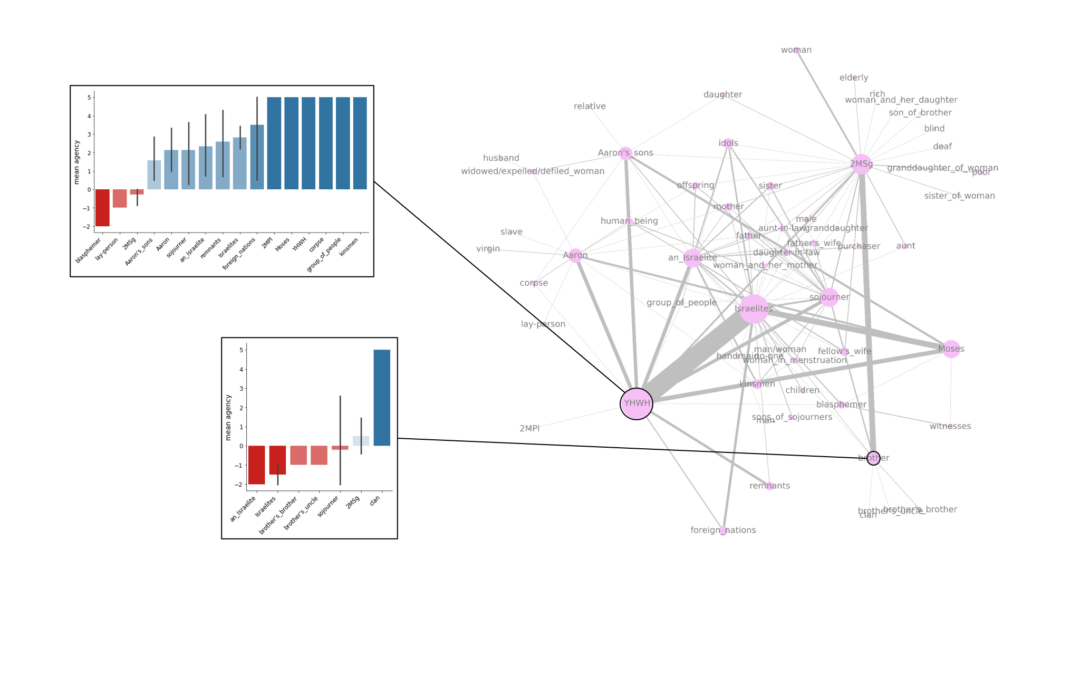
by Christian Canu Højgaard | Jul 7, 2021 | Bible, Computational Linguistics, Hebrew Bible, linguistics, methodology, semantics, Social Network Analysis, Text-Fabric
The Mosaic laws of the Torah are quite unusual, embedded as they are in the narrative of the Torah. Thus, they are not only commands and prohibitions but relate intrinsically to the grand storyline of Torah extending from creation to the impending conquest of...
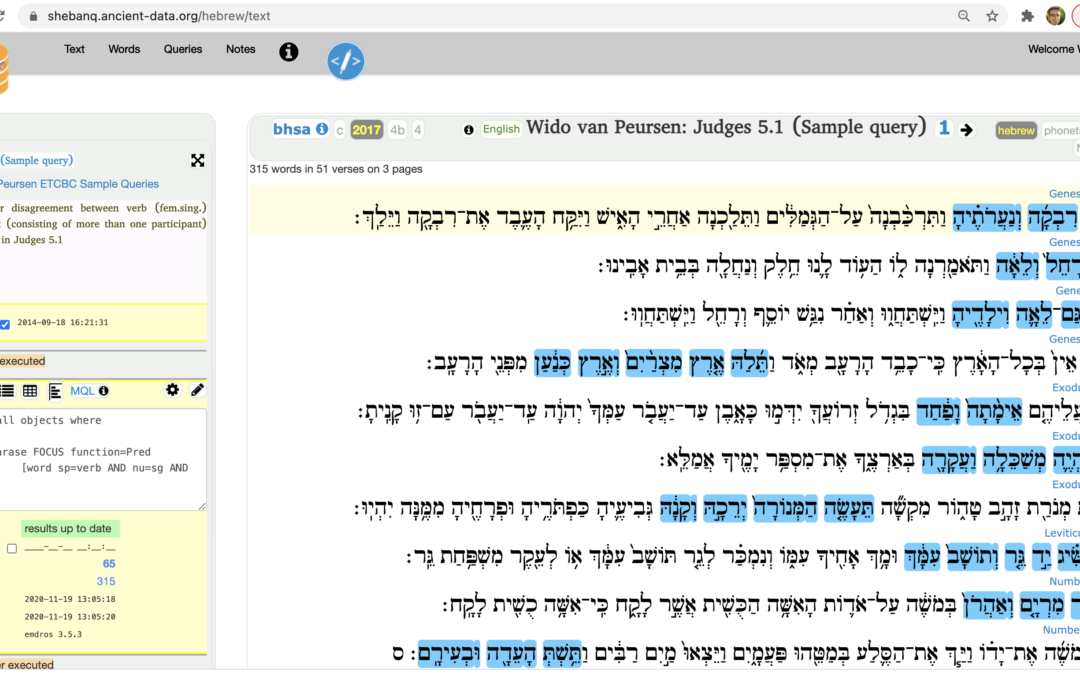
by Bas Meeuse | Mar 15, 2021 | Computational Linguistics, Database, Education, Hebrew Bible, SHEBANQ, Translation
Data analysis is very important in the translation and research of the source text of the Hebrew Bible. With data analysis, translation choices can be better supported if you know how to use the tools available. Understanding the syntactical structures of the source...








